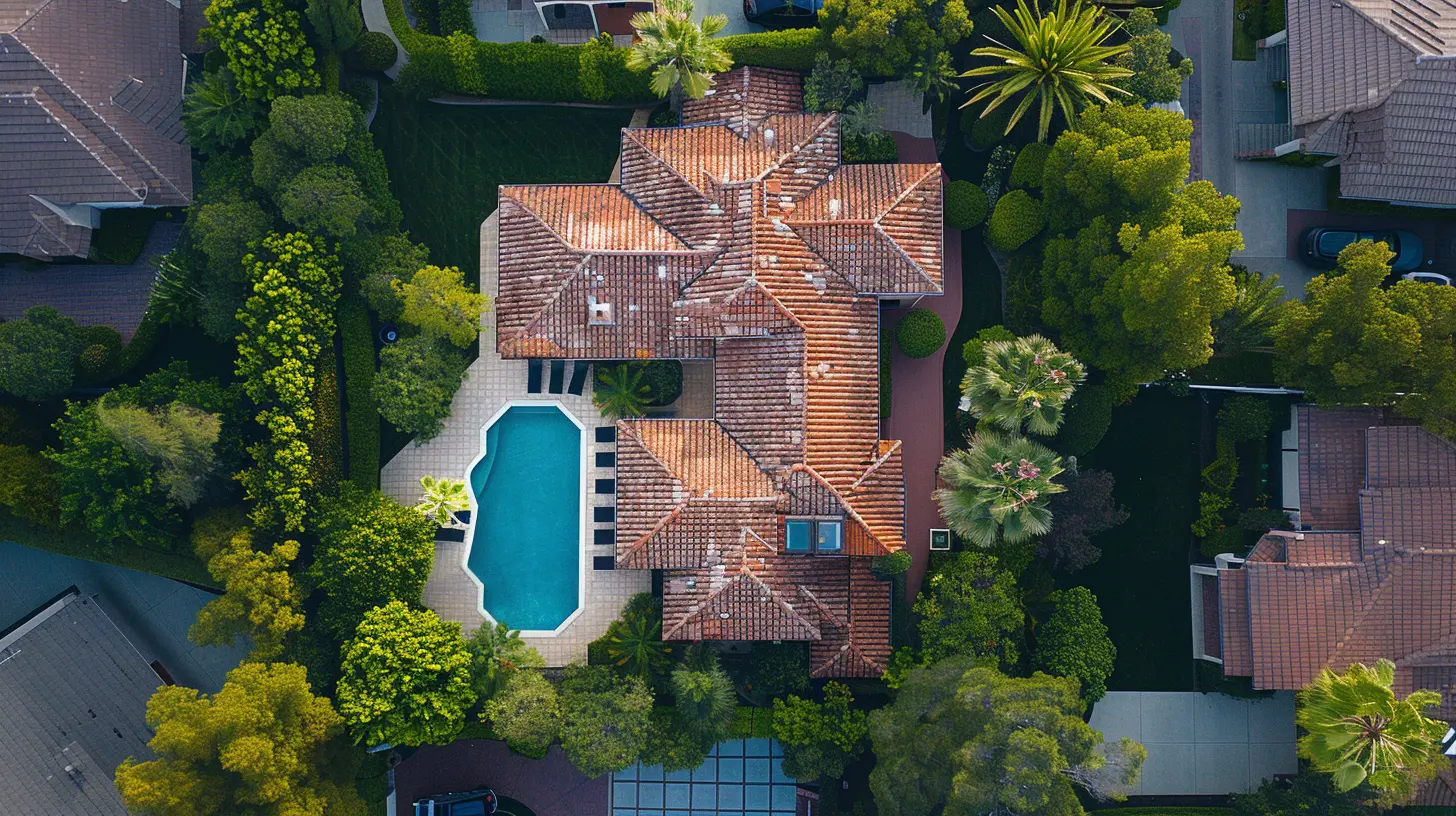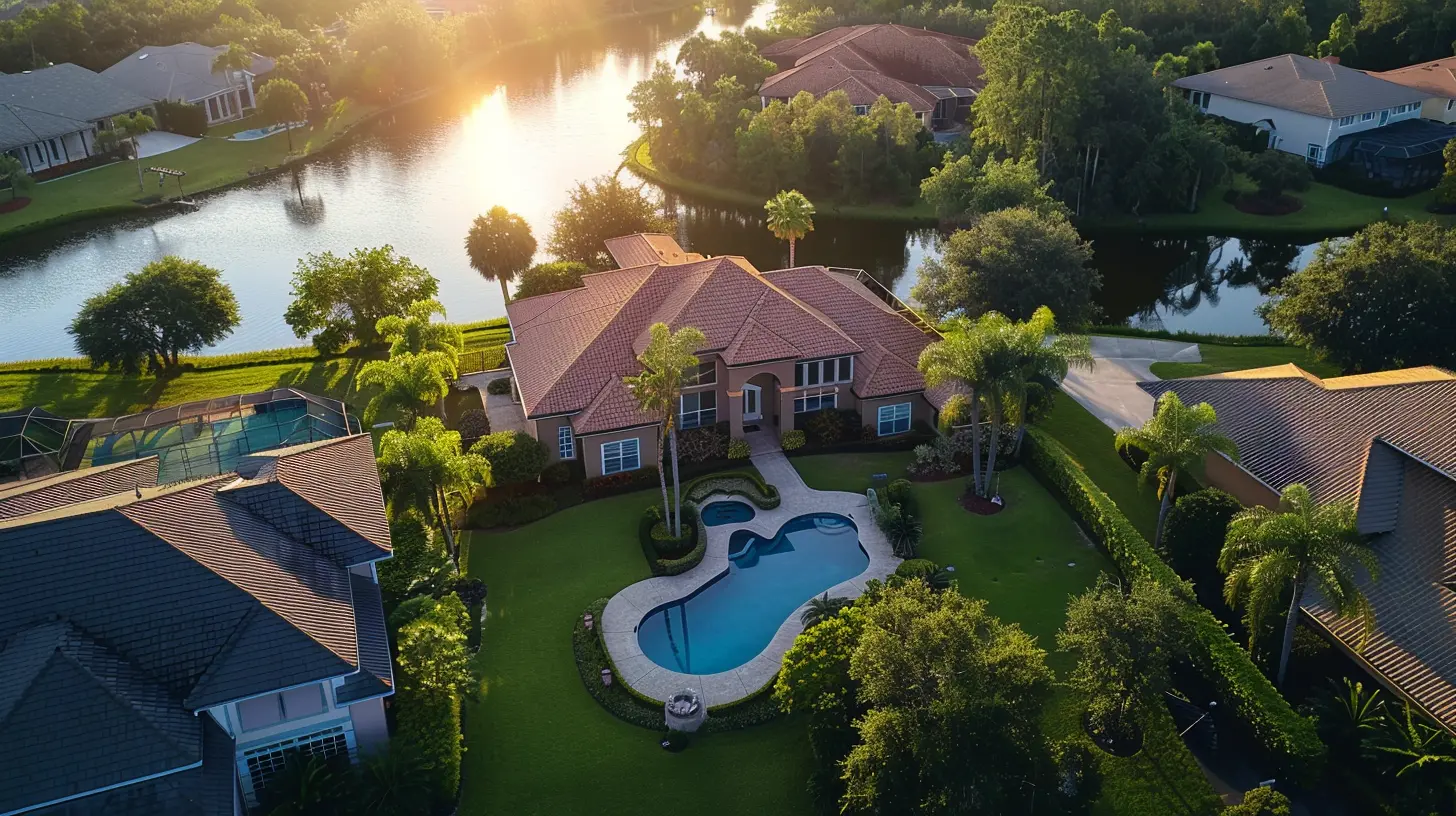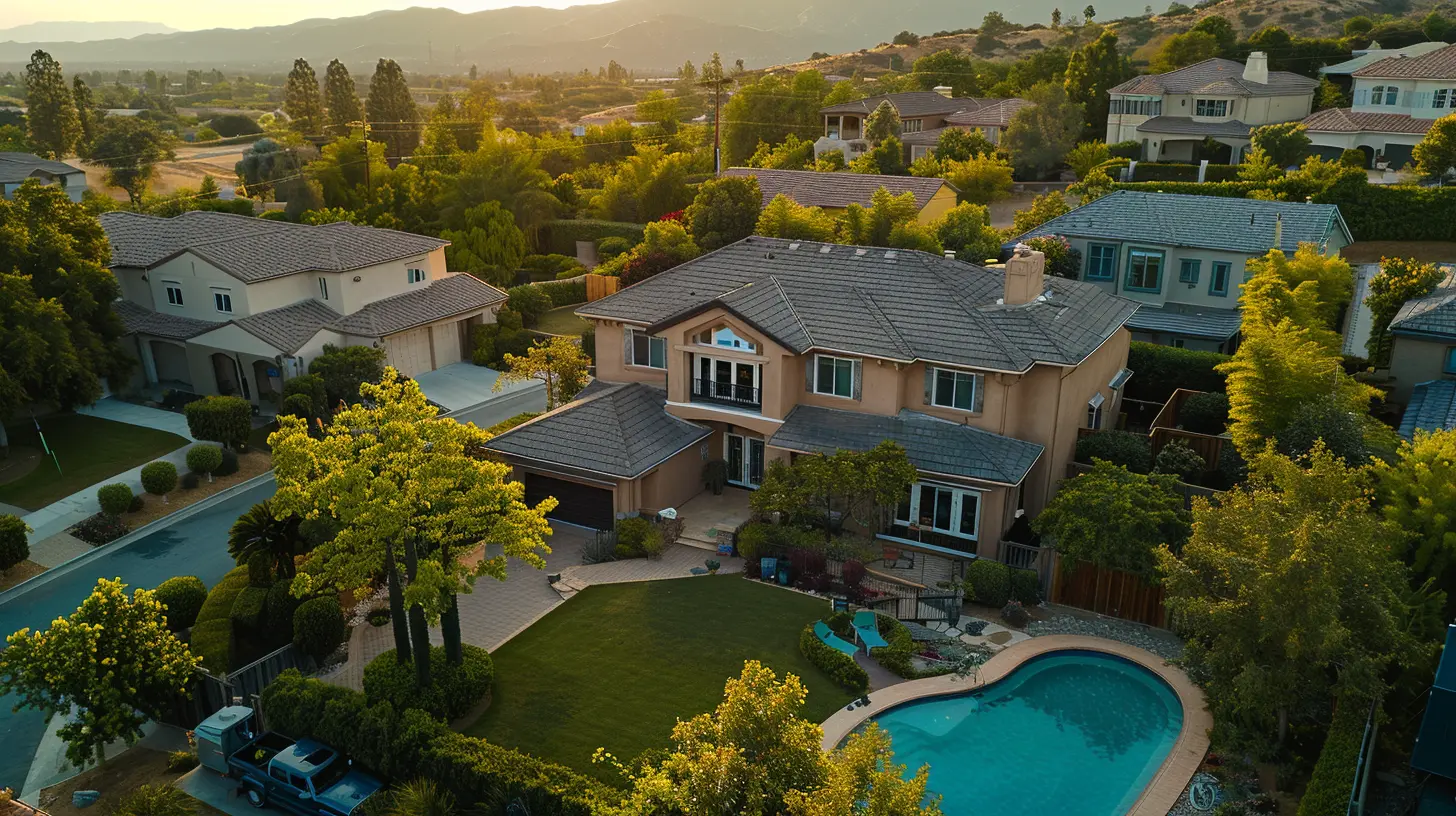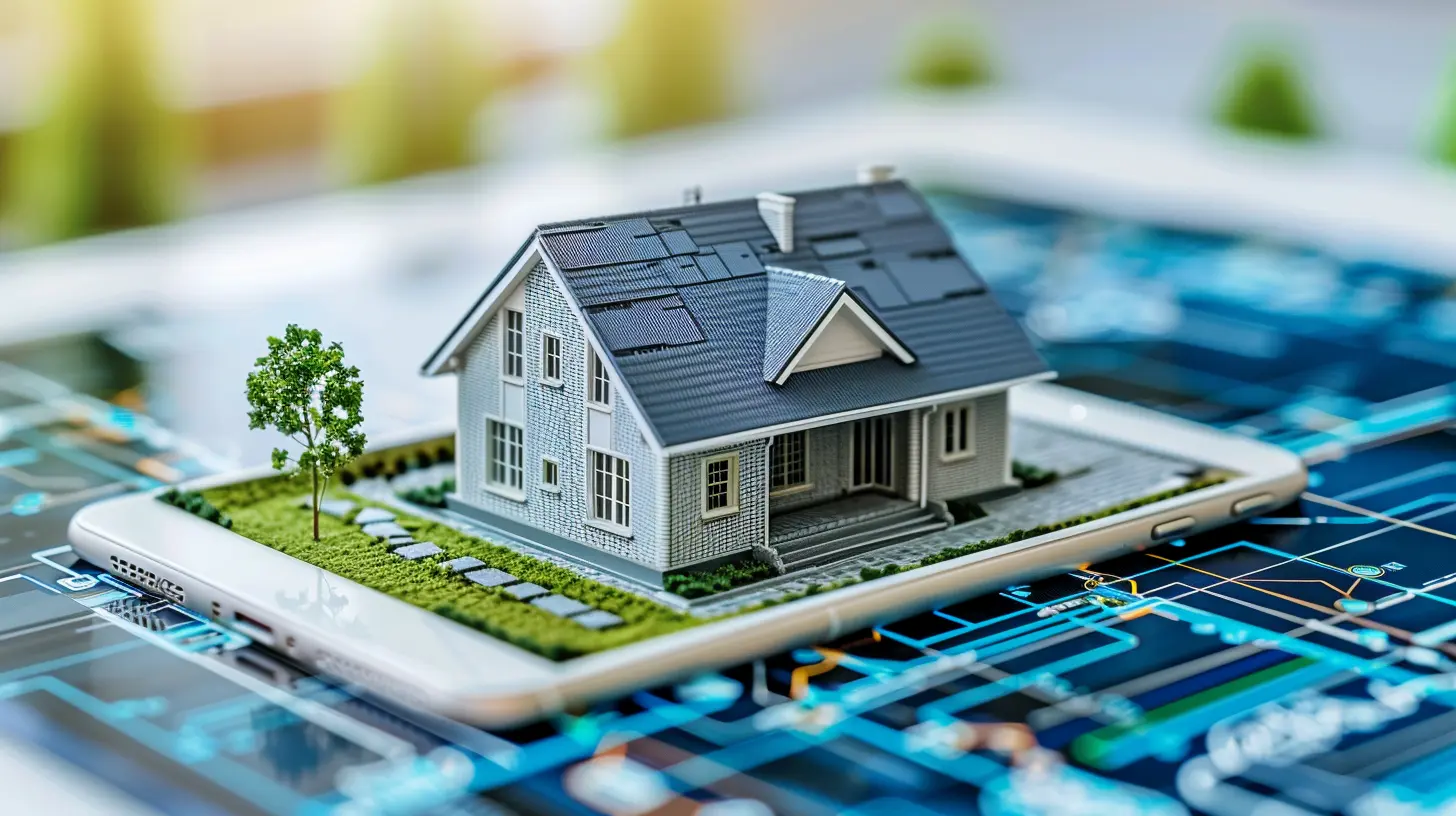The Role of Drones in Real Estate Marketing and Inspections
5 July 2025
The real estate game is changing fast, and if you're not keeping up, you’re falling behind. One of the biggest shifts? Drones. These flying marvels have revolutionized how properties are showcased and inspected. In a world where visuals matter more than ever, drones give buyers a stunning bird’s-eye view of properties while making inspections quicker, cheaper, and more efficient for sellers and agents.
But how exactly do drones fit into real estate marketing and inspections? Let's break it down. 
Drones: The Game-Changer in Real Estate Marketing
1. Elevating Property Listings with Stunning Aerial Views
A few years back, real estate listings mostly featured standard photos taken from the ground. Sure, they showed the house, but they didn’t tell the whole story. Enter drones.A drone can fly high above, capturing breathtaking aerial shots that highlight the entire property, the neighborhood, and even nearby amenities. This extra perspective can be the difference between a listing that gets lost in the shuffle and one that grabs buyers' attention instantly.
Picture this—you’re looking at two listings for similar homes. One has basic photos, while the other includes sweeping, cinematic footage showcasing the entire property. Which one are you more likely to click on? Exactly.
2. Creating Engaging Video Tours
Buyers love interactive experiences, and a drone-powered virtual tour delivers just that. Instead of just clicking through static images, potential buyers can take a virtual journey through a property—gliding through the front yard, rising above the roof, and even weaving through the interiors.These videos don’t just sell the house; they sell the lifestyle. A well-edited aerial video can make a simple backyard look like a luxury retreat, turning casual browsers into motivated buyers.
3. Enhancing Real Estate Listings for Luxury and Large Properties
Drones aren’t just for any property—they’re especially effective for high-end and large-acreage homes. A sprawling estate or a countryside mansion simply can’t be captured effectively with standard ground-level photos.With drones, agents can showcase vast landscapes, private driveways, pools, and even hidden features like guesthouses or stables, giving potential buyers a complete view of the property.
4. Making Neighborhood Marketing More Effective
Buyers aren’t just purchasing a house—they’re investing in a lifestyle. Drone footage can capture more than just the property itself; it can also highlight local parks, shopping centers, proximity to top-rated schools, and even the overall vibe of the community.For out-of-town buyers, this type of marketing is invaluable. It allows them to get a feel for the neighborhood without having to visit in person, making them more confident in their decision-making. 
Drones in Real Estate Inspections: Efficiency at Its Best
1. Faster and Safer Roof Inspections
Climbing onto a roof to inspect it is dangerous, time-consuming, and often expensive. With drones, inspectors can quickly scan a roof for damage, leaks, or structural issues—all without stepping foot on a ladder.Drones equipped with high-resolution cameras and thermal imaging can even detect problems that the human eye might miss, like heat escaping from cracks in the roofing. This can save homeowners and buyers from costly surprises down the line.
2. Checking Hard-to-Reach Areas with Ease
Some properties have areas that are tough to inspect the traditional way. Think of high-rise buildings, industrial structures, or large warehouses. Drones can access places that inspectors can’t reach easily, capturing detailed imagery of every nook and cranny.Instead of spending hours setting up scaffolding or renting expensive equipment, inspectors can get high-quality aerial data in minutes—saving time and money.
3. Reducing Costs and Increasing Efficiency
In the past, real estate inspections required multiple people, special equipment, and sometimes even helicopters for large properties. Drones eliminate most of these costs, allowing for faster, more efficient inspections at a fraction of the price.For buyers, this means a more streamlined home-buying process. For sellers, it means faster transactions with fewer delays. And for agents? Well, it means happier clients and better deals. 
Legal Considerations and Best Practices for Using Drones in Real Estate
While drones have transformed real estate, they come with their share of regulations. Agents and inspectors using drones must adhere to Federal Aviation Administration (FAA) rules, which include:- Obtaining a Part 107 Remote Pilot Certificate
- Flying drones within visual line-of-sight
- Avoiding no-fly zones (like near airports)
- Respecting homeowners' privacy
It’s always best to use a licensed drone pilot to ensure compliance with these regulations—plus, professionals know how to capture the best angles and lighting for real estate marketing. 
The Future of Drones in Real Estate
Drone technology is only getting better. With advancements in AI, automation, and high-resolution imaging, future drones will be able to conduct even more detailed inspections and create even more immersive marketing materials.Imagine drones that can autonomously inspect an entire property and generate a full report within minutes. Or drones that create 3D property models, allowing buyers to explore every detail in a virtual space. The possibilities are endless!
Final Thoughts
Drones have taken the real estate industry to new heights—literally! Whether it’s crafting jaw-dropping marketing materials or making inspections faster and safer, these flying cameras have changed the game. For real estate agents looking to stand out, sellers aiming for top-dollar sales, and buyers wanting the most accurate property insights, drones are no longer an option—they’re a necessity.If you’re in real estate and not using drones yet, it might be time to take off with this technology before you get left behind.
all images in this post were generated using AI tools
Category:
Real Estate TechnologyAuthor:

Elsa McLaurin
Discussion
rate this article
2 comments
Kael McIntosh
Great insights! Drones truly elevate real estate marketing and inspections.
November 15, 2025 at 1:49 PM

Elsa McLaurin
Thank you! I'm glad you found the insights valuable. Drones are indeed transforming the real estate landscape!
Kassandra Harris
Drones are revolutionizing real estate marketing and inspections by providing stunning aerial imagery and detailed property overviews. They enhance listings, attract buyers, and streamline the inspection process, making properties more appealing and accessible in today's competitive market. A game-changer for agents!
July 18, 2025 at 8:53 PM

Elsa McLaurin
Thank you for your insightful comment! Drones truly are transforming real estate by enhancing marketing and inspection processes. Their ability to provide unique perspectives and detailed imagery is invaluable for agents and buyers alike.


